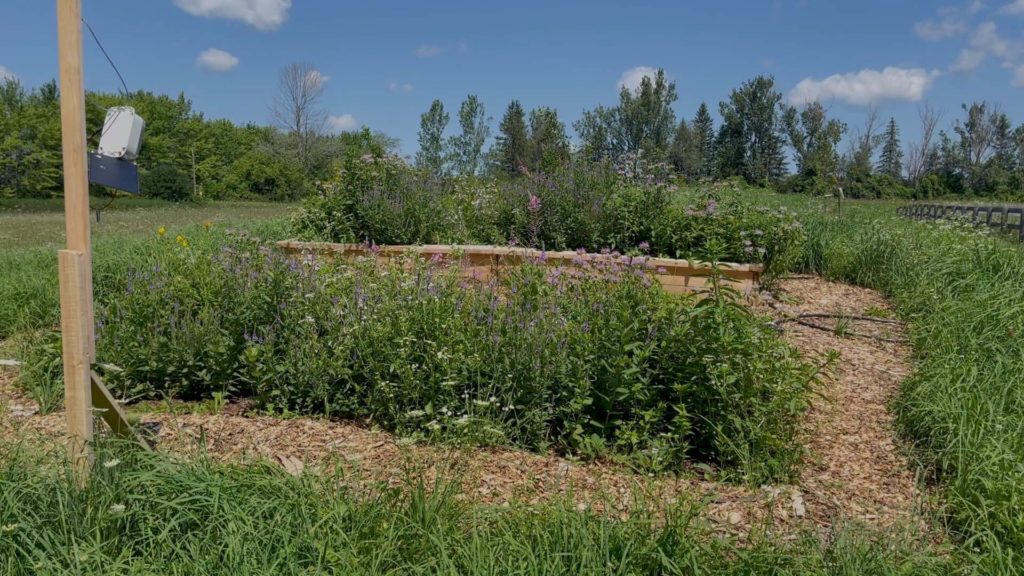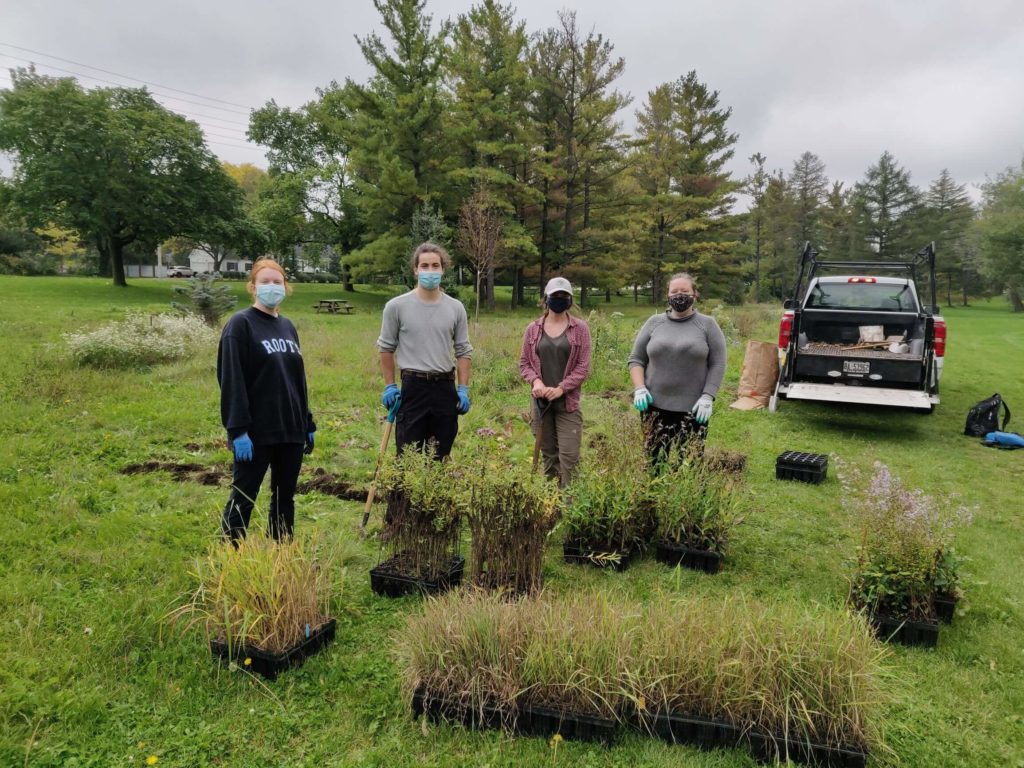How seed orchards fill a growing need for native plants
The restoration of vast degraded and fragmented areas into functioning and healthy habitats is one of the ambitious goals of our 10-year plan. Thing is, restoring hundreds of thousands of square kilometres requires millions or even billions of native plants.
Not just any native plants will do, either — we need ones from known sources local to the restoration sites. But there’s a problem, those plants aren’t currently available in the quantities and diversity we need.

Turns out, there’s no magical native plant store where you can just buy 10,000 Golden Alexanders sourced from Chatham-Kent for a restoration project you want to start this year. Demand for native plants is high and growing (which is great!) but the supply just isn’t there yet.
Thankfully, plants are really good at making more of themselves.
In one year, a single plant can easily make 100 seeds, which can grow into 100 more plants to make 10,000 seeds and so on. In ecology, this exponential growth is called “fecundity” and we can harness that power to produce the plants we need to meet our restoration goals.
Doing this correctly will involve a lot of coordination, standardization and tracking of many moving parts, including something very cool that you may never have heard of before: seed orchards.
A seed orchard is a place where plants of known wild origin are grown for the purpose of harvesting and distributing their seeds. These medium- to large-scale gardens are like living seed banks with different plant species clustered and labeled for efficient seed collecting. Think of a densely planted veggie garden or farm field, but filled with blocks of native plants.
Alone, a single seed orchard is not going to solve the problem. But many orchards can form a regional network, servicing multiple restoration projects within a given watershed or ecoregion.

Let’s take a closer look at why this is all necessary by exploring several scenarios. Imagine you have a restoration site in Shawinigan, Que. and you need 10,000 Blue Vervain plants for your site. It can be quite hard to find many native plant species for sale anywhere — and if you do, they’re often in low supply (dozens to hundreds).
Many growers are asking for three or more years (!) notice to supply plants in these quantities. We simply can’t succeed with those timelines and in such an ad-hoc, case-by-case manner.
Now imagine if instead of going directly to the nursery, you go to a permitting authority and ask for a permit to collect Blue Vervain seeds from the wild. You’re granted the permit, go out and collect your seeds and then give them to a nursery to grow the 10,000 plants which you’ll then purchase.
But there’s a major problem here, too. Harvesting wild seeds is majorly disruptive to those wild populations and habitats. All that tromping around can be damaging if done carelessly, and removing so many seeds from the wild would certainly be noticed by the plants that need them to perpetuate as well as the birds, mammals and insects that eat them. We should really be aiming to minimize the amount of wild collection we’re doing, and that can be achieved with a seed orchard.

In this best-case scenario, you start the same as before — get your permit and collect your wild seeds —but you use those seeds to establish a Blue Vervain orchard, which now produces an abundance of seed, year after year, to be harvested and distributed without impacting wild populations.
Orchard-produced seeds can now go to the nursery to be grown into your 10,000 Blue Vervain plants and you can finally get shovels in the ground to start restoring your site. And now that the orchard is established, the seeds can be used for other restoration sites, too!
What’s WWF-Canada’s role in all this, you might be wondering? Well, we’ve helped the best native plant growers join forces and incorporate to become the Ontario Native Plant Growers Association and we funded 10 demonstration seed orchards in 2021 to get the ball rolling. We’re also partnering with commercial growers to scale-up seed orchards in Ontario and Quebec.
And that’s just the start. It’ll take a lot of effort, but we’re committed to growing this orchard operation from a tiny seed into the size we need to Regenerate Canada.
Air Wick is the lead supporter of WWF-Canada’s seed orchard program.
You can help restore wildlife habitats by growing your own seed orchard or a smaller version, a seed garden! Find out how by visiting re:grow.

